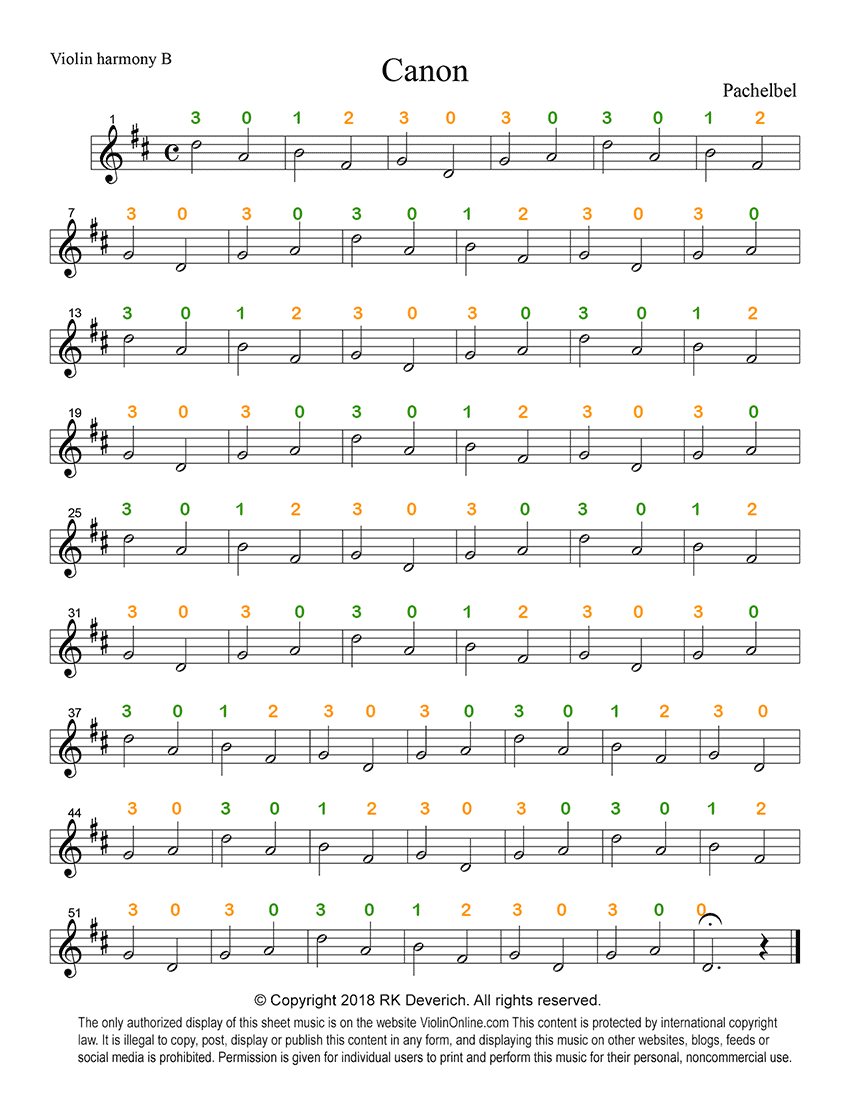Are you able to smoothly draw your violin bow across the string and produce a beautiful tone on your violin?
Producing a smooth, beautiful tone on the violin involves the following three elements:
- Bow placement
- Bow pressure
- Bow speed
Want to know how to use bow placement, bow pressure and bow speed to produce a beautiful sound on your violin? Try the tips below:
- Bow placement Place your bow on the string at the middle point between the bridge and the fingerboard. As you draw your violin bow (draw is a term which means pull the bow across the string), try to keep your violin bow in a straight line so the bow remains parallel to the bridge. Is your bow wobbling or veering off at an angle? Practicing in front of a mirror can be a good way to see if you are able to keep your bow in a straight line, parallel to the bridge as you use the entire length of the bow from the frog to the tip.
- Bow pressure. Try pressing hard while pulling your bow across the string and then contrast that with pressing lightly. Experiment with how much pressure you need to use to produce a smooth, rich tone.
- Bow speed. How fast do you need to pull the bow across the string to achieve the desired tone and level of sound? Experiment with where you place the bow, how much bow pressure you need and how fast you need to draw the bow to produce the smooth, beautiful tone on your violin you're trying to achieve.
Here's some additional information about how to produce smooth, beautiful bows:
Legato bowing. Legato bowing means the notes should be smoothly connected, played either in one or several bows.
Bow changes. Smooth bow changes are another important aspect of producing a beautiful, smooth legato sound on your violin. How do you do it?
The violin pedagogue Ivan Galamian, in his book Principles of Violin Playing and Teaching, described bow changes as being similar to "a large pendulum, slowing down slightly before its deliberate, smooth reversal of direction." (p. 86).Galamaian said bow changes should be: "as smooth and as unnoticeable as possible." He also noted that many theories have been given how to do this: "Some methods prescribe the use of the fingers alone, others the hand and wrist, still others the forearm or whole arm." He then provided the following observation:
The essence of the matter does not lie in the particular muscles or joints that should participate, but instead in two factors: (1) the bow has to slow down shortly before the change, and (2) the pressure has to be lightened, with both of these elements delicately and precisely coordinated. Whether this is done by fingers, hand, or arm is, as a matter of principle, immaterial. (Galamian p. 86).
LET'S TRY IT! The entire length of your bow, from the frog to the tip, is called a whole bow. Use whole bows to play the following open strings, four whole notes on each string, from open G to open E and back down again. Try to make your bow changes as seamless as possible. If you're able to practice in front of a mirror, turn sideways so you can watch to make sure you're bowing straight with your bow remaining parallel to the bridge.

